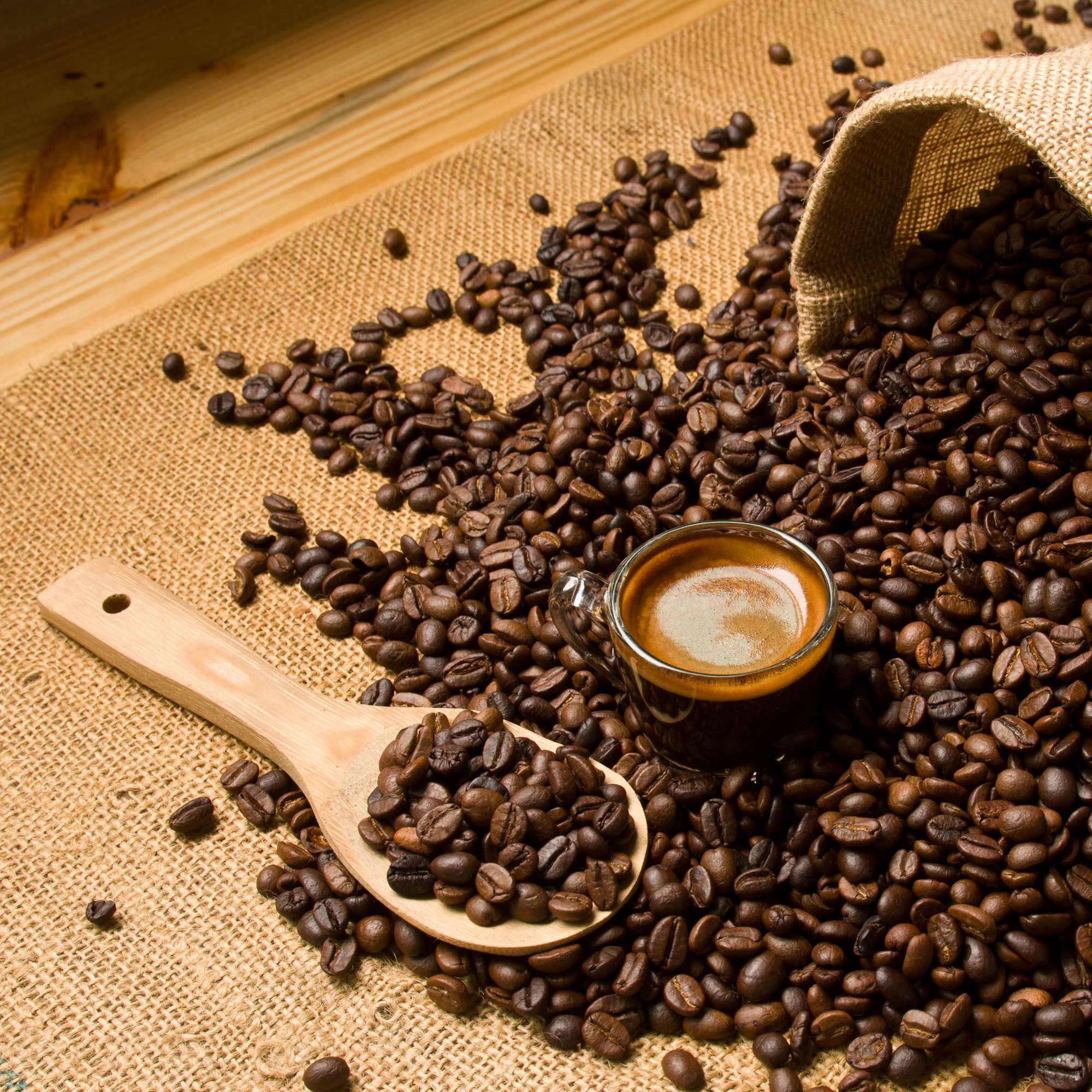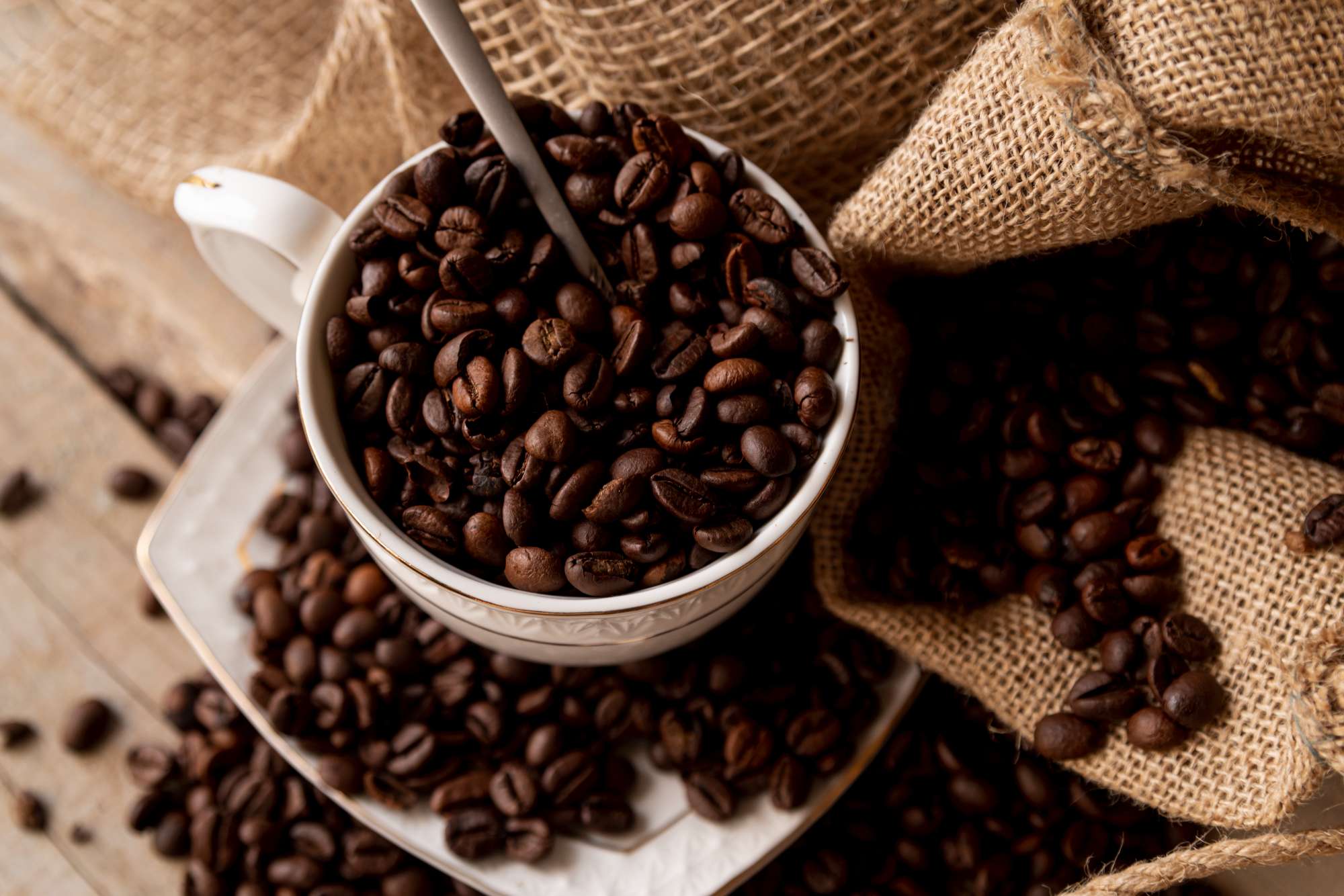A tale of two beans Arabica vs Robusta
A tale of two beans Arabica vs Robusta
If Arabica is considered the "queen" of coffees, famous for its delicate, complex flavor, including notes of fruit, flowers and chocolate. Then, Robusta has a strong bitter taste, strong aroma and higher caffeine content, often used to create strong cups of espresso.
When enjoying a cup of fragrant coffee in the morning, most of us rarely pay attention to the type of coffee beans used. Although they often enjoyed purely, Arabica and Robusta are two completely different coffee plant species, creating unique flavors in each cup of coffee. In fact, Arabica and Robusta possess distinct characteristics that deeply affect the flavor and quality of the drink. This article will help you discover the interesting differences between these two famous coffee varieties, helping you better understand your cup of coffee.
ARABICA
Coffee Arabica is a very popular type of coffee that is believed to be indigenous to Arabia. It is also referred to as Mountain coffee as it is grown in the mountains of Ethiopia. Though it contains less caffeine, Coffee Arabica is considered very tasty by coffee lovers around the world. This is a white flowering plant that grows to a height of 9-12 meters. The fruit is red colored and upon ripening, gives two coffee seeds.
ROBUSTA
Nearly one fifth of the coffee produced and consumed in the world is Robusta. The origins of these coffee beans are traced to Ethiopia, and western and central Africa are considered indigenous areas for this coffee variety. It was recognized as a coffee variety only as late as 19th century. It happens to be a flowering plant with two sub varieties called Nganda and Robusta. The plant grows to be a robust shrub of around 10m height and its flowers produce cherries that upon ripening give coffee seeds. The plant is strong and not susceptible to pests. This is why it requires very little pesticide. Today, Vietnam is the country that produces maximum quantity of Robusta coffee though Brazil is the largest producer of coffee in the world.
DIFFERENCE BETWEEN ARABICA AND ROBUSTA:
1. Shape: Arabica beans are oval in shape, flat, dark and greasy. Whereas Robusta beans are circular in shape, pale and dry.
2. Color: Before they are roasted, Arabica beans are darker in a shade of green than Robusta beans.
3. Flavor: Arabica coffee is often described as having a fruity, sweeter, and smoother flavor, while Robusta coffee is typically more bitter and earthy.
4. Body: Robusta coffee has a heavier, more full-bodied texture compared to Arabica coffee.
5. Acidity: Arabica coffee tends to have lower acidity than Robusta coffee.
6. Caffeine: Arabica has 1.2% caffeine, whereas Robusta has 2.2% caffeine. Because of higher caffeine content in Robusta, so that Robusta is more bitter in taste than Arabica which is why Arabica is grown much more than Robusta.
7. Robusta is too strong to be sold as 100% Robusta, and it is available in blends.
8. Robusta is used to make instant coffee.
9. As the name indicates, Robusta is robust and requires much less pesticide than Arabica
10. Robusta grows at a lower altitude than Arabica that can grow at high altitudes of nearly 8000 feet.
A NUTRITIONAL COMPARISON:
| Nutrient | Arabica | Robusta |
| Caffeine content | Lower (0.8% - 1.6%) | Higher (1.5% - 2.5%) |
| Acidity | Higher | Lower |
| Bitter taste | Lower | Higher |
| Body | Lighter | Heavier |
| Flavor profile | Sweet, fruity, complex | Bitter, earthy, strong |
| Sugars | Higher (6% - 9%) | Lower (3% - 7%) |
| Lipids Coffee contains small amounts of oils, mainly unsaturated fatty acids. |
Higher (15% - 17%) | Lower (10% - 12%) |
| Trigonelline | Higher | Lower |
| Tocopherols (vitamin E) | Higher | Lower |
These are general comparisons, and the specific nutritional content of coffee beans can vary depending on factors such as growing conditions, processing methods, and roasting profiles.
THE MAIN HEALTH COMPOUNDS
Coffee is a rich concoction of compounds, some of which come from the bean itself, while others come from changes during the roasting process.
1. Chlorogenic Acid:
Chlorogenic acid (CGA) is an antioxidant that has been shown to have numerous positive health effects. Robusta coffee, in general, contains higher levels of CGA than arabica, although high-quality arabicas can have a CGA content that rivals common robusta.
2. Trigonelline:
Trigonelline is an alkaloid and may be beneficial in protecting the liver and heart and treating hypercholesterolemia, hyperglycemia, and central nervous system disorders. Arabica, in general, has higher levels of trigonelline than robusta. During roasting, trigonelline breaks down and helps form niacin, a B vitamin.
3. Tocopherols (vitamin E):
These are higher in arabica, and during roasting, those that do exist in robusta tend to break down more during roasting.
4. Caffeine:
As noted before, robusta beans are higher in caffeine, which can have health benefits. As an adenosine receptor antagonist, there is evidence that caffeine reduces pain. Preclinical studies also suggest caffeine provides cognitive protection on tests across many cognitive domains, such as spatial learning and memory. However, everyone has a unique tolerance to caffeine. Factors such as genetics, body chemistry and caffeine-consuming habits indicate whether someone is a "fast metabolizer" or "slow metabolizer" of caffeine.
Those are the main beneficial compounds commonly cited in the scientific literature. Instead of choosing one or the other coffee, naturally, there is an option to create blends of the two species. This, if done well, would mitigate the unpleasant flavors while providing additional health benefits.
FREQUENTLY ASKED QUESTIONS:
1. Which type of coffee is better for your health?
Both Arabica and Robusta have their own benefits. Choosing which type of coffee depends on each person's taste and health condition.
2. Does drinking coffee increase blood pressure?
In normal people, drinking coffee can cause a slight and temporary increase in blood pressure. However, in people with high blood pressure, caution should be exercised and a doctor should be consulted.
3. Is drinking coffee addictive?
Caffeine can be mildly addictive, but withdrawal usually does not cause serious symptoms.
CONCLUSION:
Coffee, both Arabica and Robusta, have many health benefits when consumed in moderation. However, to enjoy these benefits, you should choose quality coffee, brew it properly and combine it with a healthy lifestyle.
And, whether you prefer the smooth, fruity notes of Arabica or the bold, earthy flavor of Robusta, both types of coffee offer unique experiences. By understanding the differences between Arabica and Robusta, you can make more informed choices and appreciate the nuances of your favorite beverage.
So, the next time you savor a cup of coffee, take a moment to appreciate the journey it took from bean to cup. And remember, whether you're an Arabica enthusiast or a Robusta lover, there's a perfect coffee out there waiting to be discovered.
Compiled and written by Crocus Media
Products

Robusta mix with Arabica
The coffee which blends according to the ratio of 50 Robusta : 50 Arabica, is the perfect combination between the mild sourness, mild bitterness of Arabica and the characteristic bitter, fatty taste of Robusta. The aroma of Arabica when combined with the richness of Robusta will create a great flavor that captivates people.

Robusta coffee
Robusta coffee has its origins in the central and western sub-Saharan Africa. It is the second most popular coffee in the world representing between 40% and 45% of global coffee production. Robusta coffee has a bitter flavor of dark chocolate, almonds and whiskey with a peanutty aftertaste.

Arabica coffee
Arabica, which originates from the forests of Southern Ethiopia and Yemen, is by far the most popular coffee in the world with the total output accounting for more than 60%. Arabica beans have different flavors depending on the region, it can be sweet with a fruity flavor but can also have a grainy or nutty flavor.


